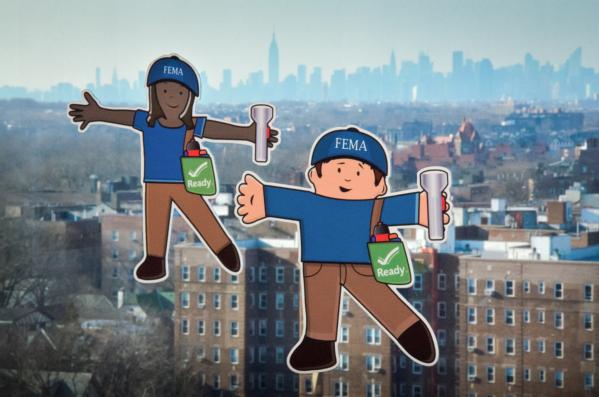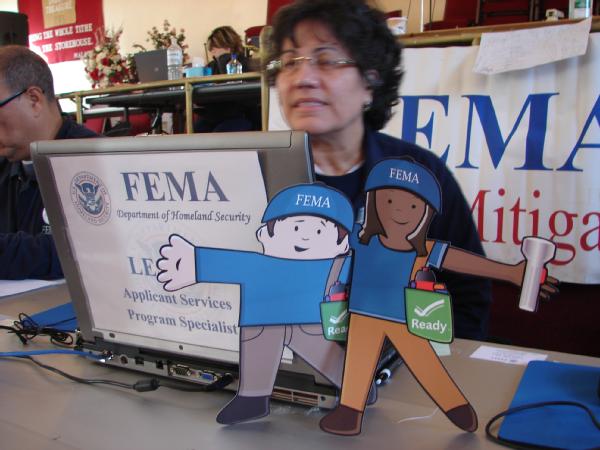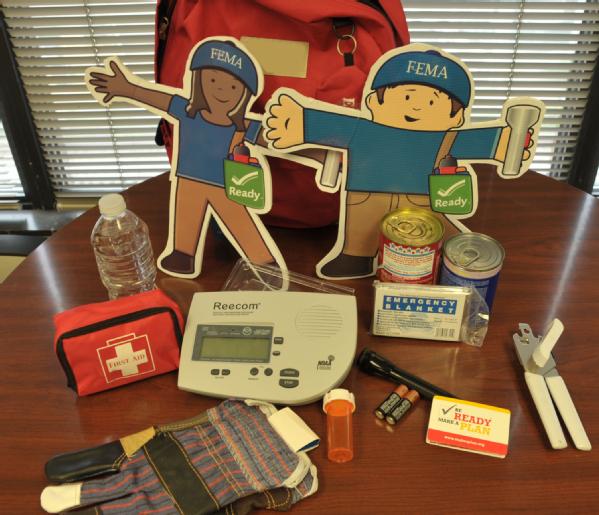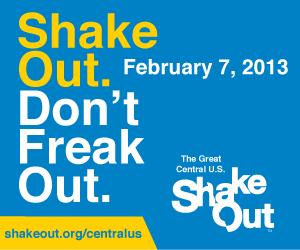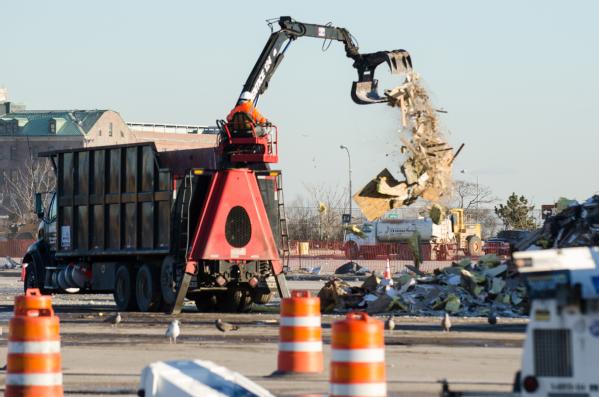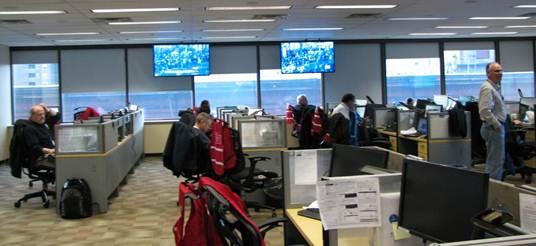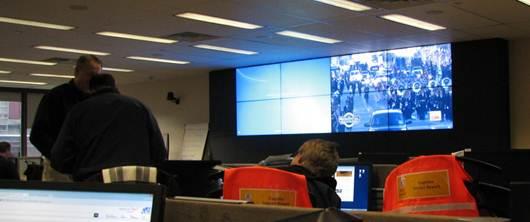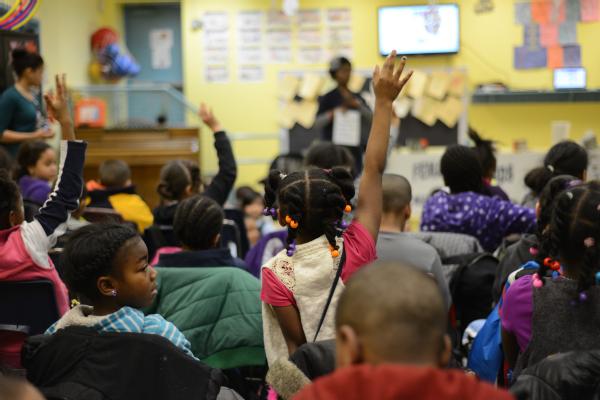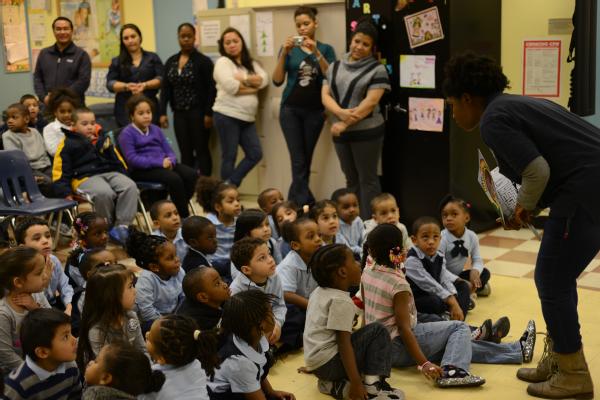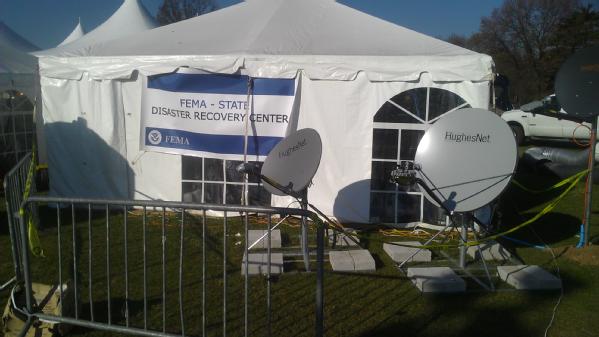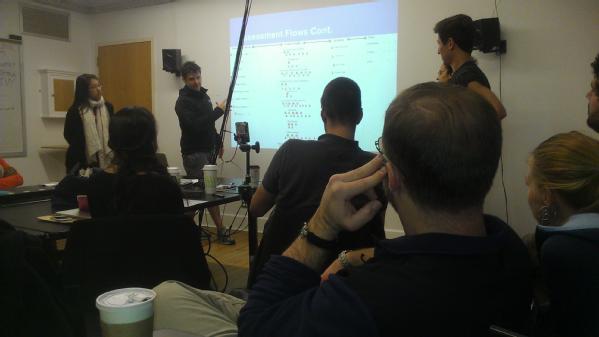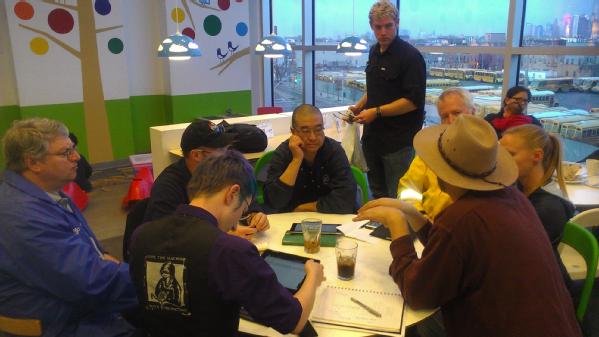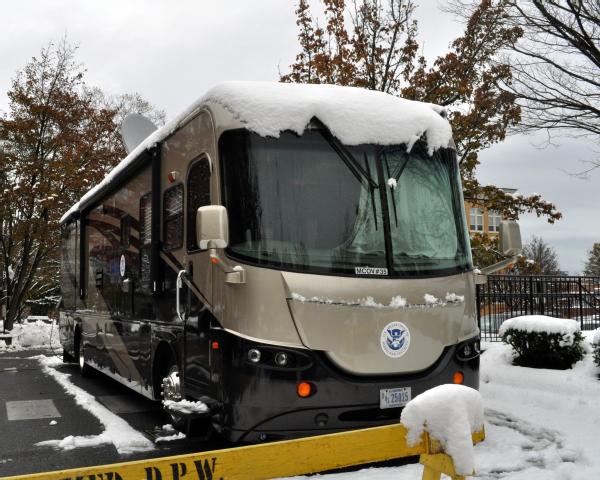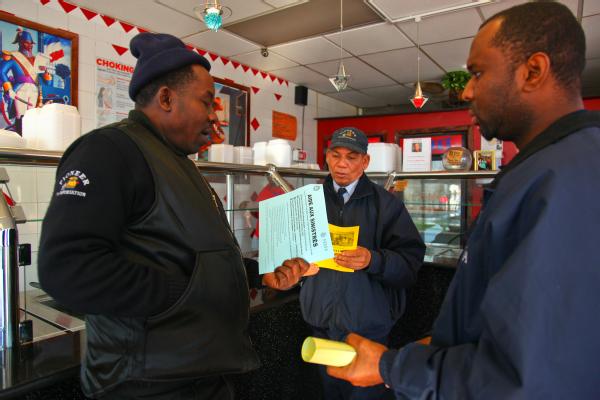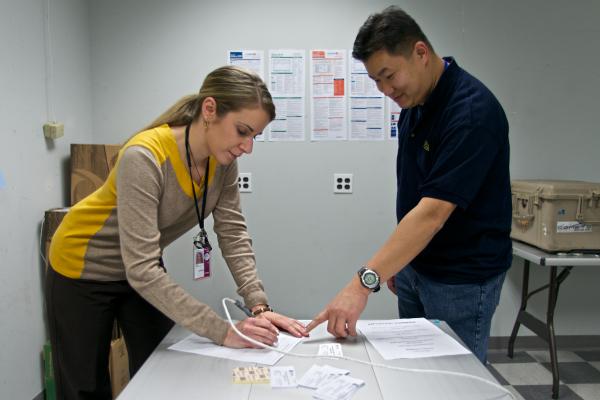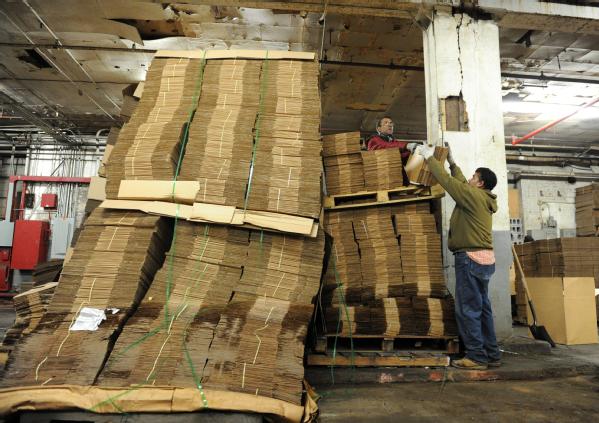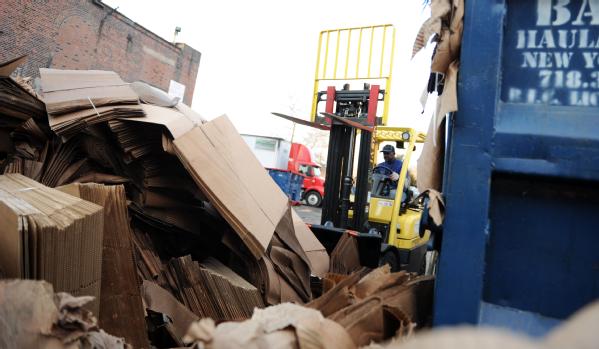Posted by: Lars Anderson, Director, Public Affairs
Severe winter weather
As we head into the weekend, we continue to monitor the impacts of the winter storm affecting millions along the northeast and east coast of the U.S. FEMA’s regional offices in Boston and New York City are working closely with state emergency management counterparts and have staff working alongside the states at each of their emergency operations centers.
We will continue to hold operational briefings with our regional and federal partners as the severe weather advances and as impacts are felt through the overnight hours into Saturday. While FEMA stands ready to support its federal, state, local, and tribal partners, we want to make sure you, your family, and your business are taking the right steps to stay safe if you’re impacted by this serious winter storm. A few reminders:
Photo of the week

CAPTION: Breezy Point, N.Y., Feb. 5, 2013 -- Under Secretary of Transportation for Policy, Ms. Polly Trottenberg, visits the Disaster Recovery Center at Fort Tilden and gets a demonstration on assistive communications equipment. Several FEMA partners, including the Small Business Administration, Housing & Urban Development, New York State Department of Motor Vehicles and the US Post Office are stationed at Fort Tilden to provide one-stop assistance to residents affected by Hurricane Sandy and the fires at Breezy Point.
For more photos, visit our photo library.
Job openings
There are several job vacancies at FEMA, but I’d like to highlight the openings for our Incident Management Assistance Team (IMAT) pilot program. IMATs are critical to the FEMA disaster workforce, capable of being on scene within hours of a disaster in support of our local, tribal, territorial, and state partners. The pilot program will create three new IMATs – two national teams in Sacramento, Ca. and Washington, D.C. and one new regional team in Oakland, Ca. Openings are currently available in a variety of fields, including: Operations Section Chief, Attorney Advisor, Situation Unit Leader, Documentation Unit Leader, External Affairs Officer, Disability Integration Manager, and Logistics Section Chief.
Video of the week
A Connecticut homeowner discovers the installation of "engineered openings" or "engineered flood vents" saved his home from severe foundation damage during Hurricanes Irene and Sandy. For more information about protecting your home against flood damage, check out this guide.
Have a safe weekend!
Severe winter weather
As we head into the weekend, we continue to monitor the impacts of the winter storm affecting millions along the northeast and east coast of the U.S. FEMA’s regional offices in Boston and New York City are working closely with state emergency management counterparts and have staff working alongside the states at each of their emergency operations centers.
We will continue to hold operational briefings with our regional and federal partners as the severe weather advances and as impacts are felt through the overnight hours into Saturday. While FEMA stands ready to support its federal, state, local, and tribal partners, we want to make sure you, your family, and your business are taking the right steps to stay safe if you’re impacted by this serious winter storm. A few reminders:
- Follow the direction of local officials – if they advise against traveling, please stay off the roads unless driving is absolutely necessary. That way you’re staying safe while keeping the roads clear for snow plows, emergency crews, and first responders. If you do need to travel, remember to pack some basic emergency supplies in your car, such as extra blankets, gloves, ice scraper, water, and a portable radio.
- Keep up with local conditions – the National Weather Service is how FEMA gets its information on severe weather conditions, and you can too. From your computer, visit weather.gov, or go to mobile.weather.gov from your phone. If you have a NOAA weather radio, tune in for the latest updates on severe weather in your area. And finally, local radio and TV are normally good places to find information on what’s happening in your area.
- Have a plan in case the power goes out – in addition to heavy snowfall, National Weather Service forecasts are calling for high winds over a large area, which may cause power outages. Make sure you have a plan to stay warm should the power go out. Have extra blankets on hand, have an alternative place to go, and use the “buddy system” so you and your neighbors check on one another.
- Check on friends, family, and neighbors – Even if you’re not in the path of this winter storm, you may know someone who is. If so, send them a quick text, e-mail, or phone call to make sure they are OK and staying safe.
Photo of the week

CAPTION: Breezy Point, N.Y., Feb. 5, 2013 -- Under Secretary of Transportation for Policy, Ms. Polly Trottenberg, visits the Disaster Recovery Center at Fort Tilden and gets a demonstration on assistive communications equipment. Several FEMA partners, including the Small Business Administration, Housing & Urban Development, New York State Department of Motor Vehicles and the US Post Office are stationed at Fort Tilden to provide one-stop assistance to residents affected by Hurricane Sandy and the fires at Breezy Point.
For more photos, visit our photo library.
Job openings
There are several job vacancies at FEMA, but I’d like to highlight the openings for our Incident Management Assistance Team (IMAT) pilot program. IMATs are critical to the FEMA disaster workforce, capable of being on scene within hours of a disaster in support of our local, tribal, territorial, and state partners. The pilot program will create three new IMATs – two national teams in Sacramento, Ca. and Washington, D.C. and one new regional team in Oakland, Ca. Openings are currently available in a variety of fields, including: Operations Section Chief, Attorney Advisor, Situation Unit Leader, Documentation Unit Leader, External Affairs Officer, Disability Integration Manager, and Logistics Section Chief.
Video of the week
A Connecticut homeowner discovers the installation of "engineered openings" or "engineered flood vents" saved his home from severe foundation damage during Hurricanes Irene and Sandy. For more information about protecting your home against flood damage, check out this guide.
Have a safe weekend!

